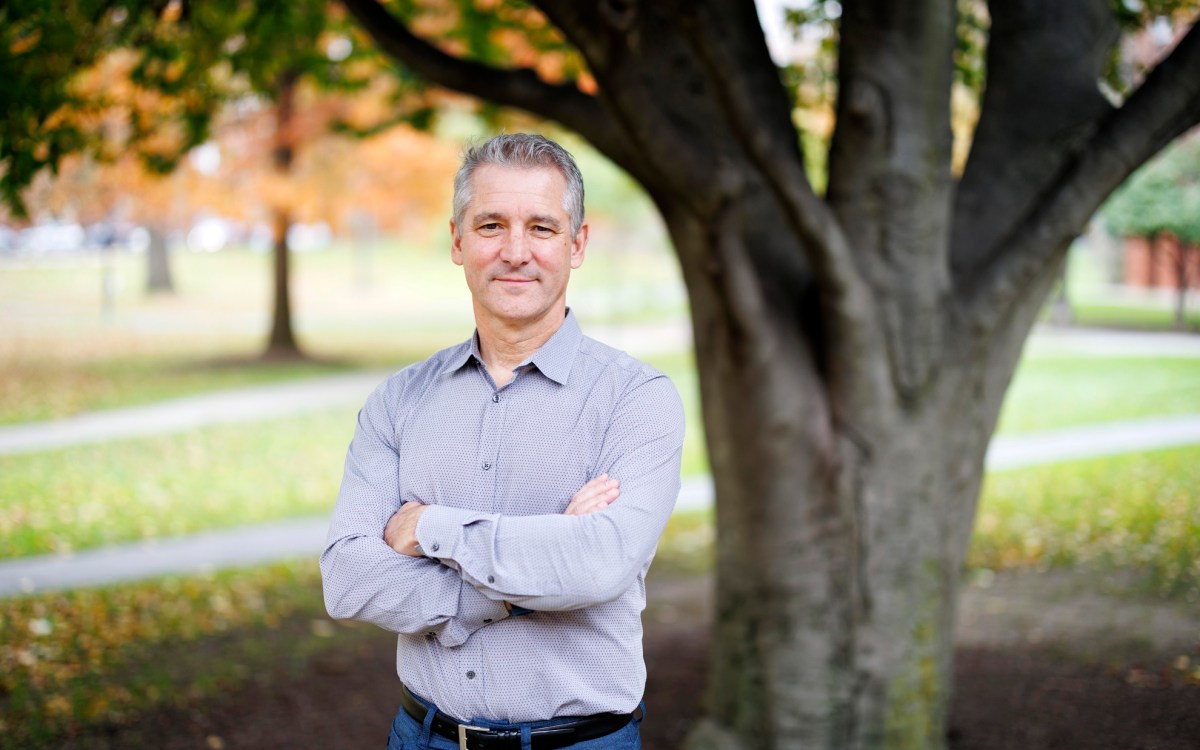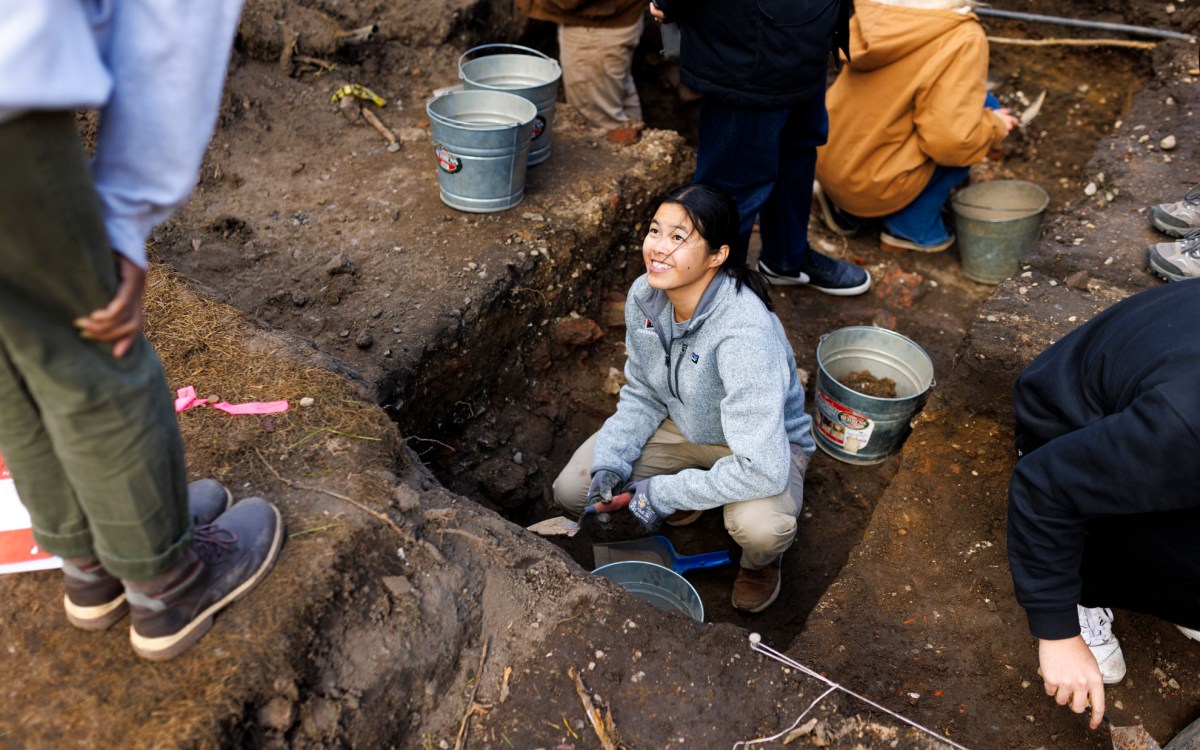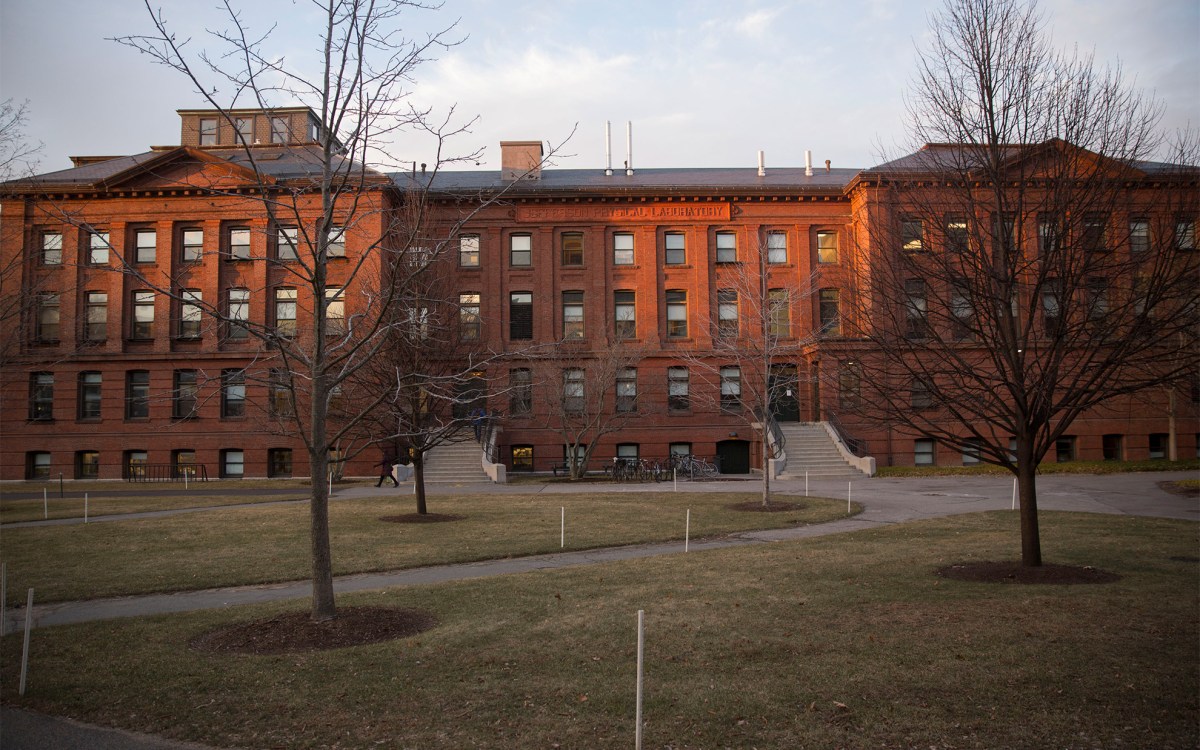A neuroscientist in search of an answer
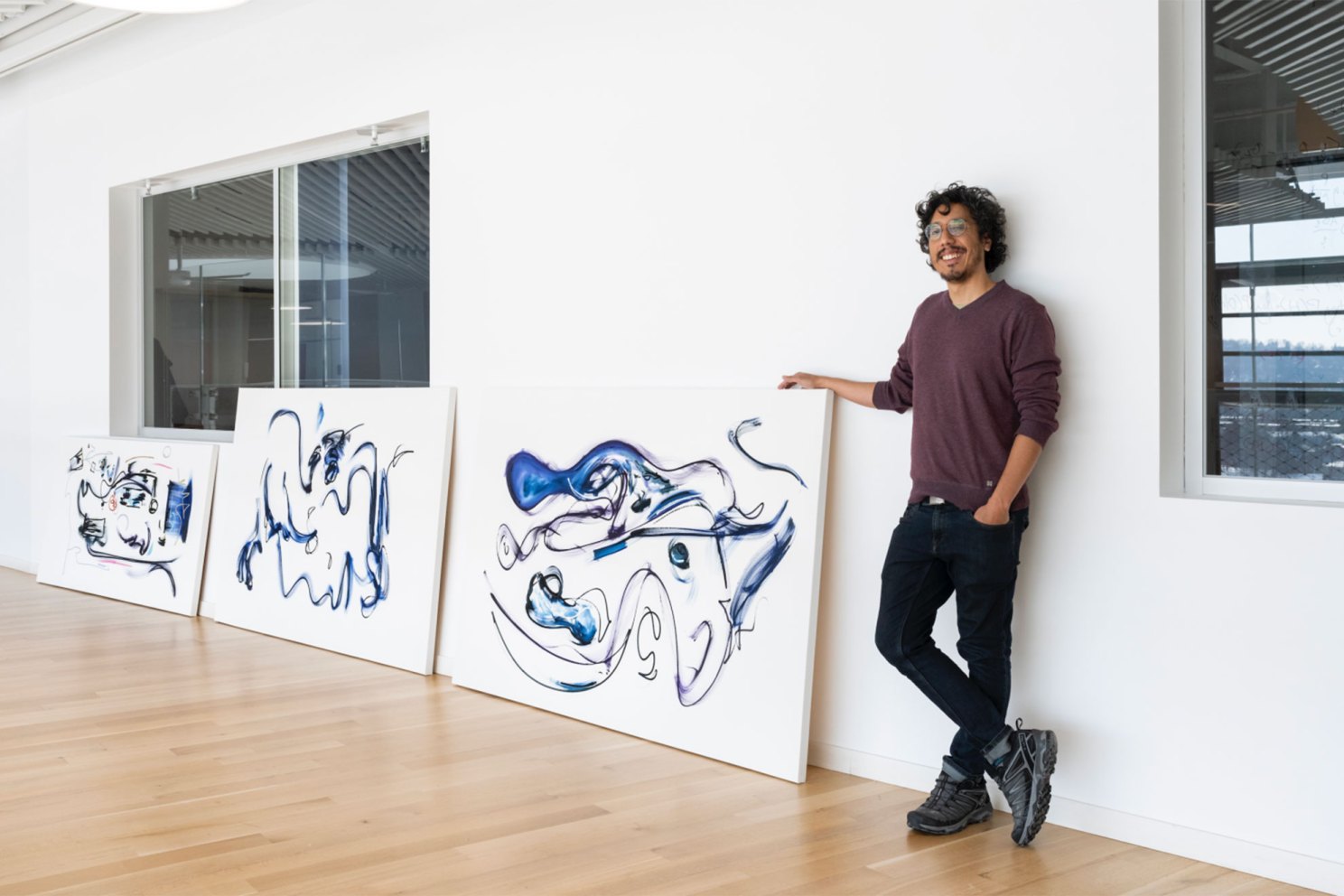
Arturo Deza’s paintings, now on display at the Kempner Institute, consider the complexity of perception in humans and machines.
Photo by Anna Olivella
With bold brush strokes and vivid blues set against bright whites, Arturo Deza’s paintings, now on display at the Kempner Institute, are a testament to the idea that meaning, both in science and in art, often emerges in unforeseen ways.
As a professional neuroscientist and artist, Deza combines his expertise in the science of vision with an improvisatory painting style. His artwork is inspired by concepts in neuroscience and machine learning, where he studies the convergences and the divergences in how both humans and machines see.
Deza completed his postdoctoral studies at Harvard, and says the Kempner Institute feels like a natural place to display his work. “I was a postdoc at Harvard before the Kempner was founded, and I worked with Talia Konkle, who is now an associate faculty member at the institute,” he says. “Some of the pieces that I’m showing at the Kempner were partially inspired by the work I did at Harvard.”
Deza recently visited the Kempner Institute from Peru, where he is now assistant professor in computer science at Universidad de Ingeniería y Tecnología. The Kempner Institute’s science writer Yohan John sat down with Deza to discuss his paintings on loan to the institute.
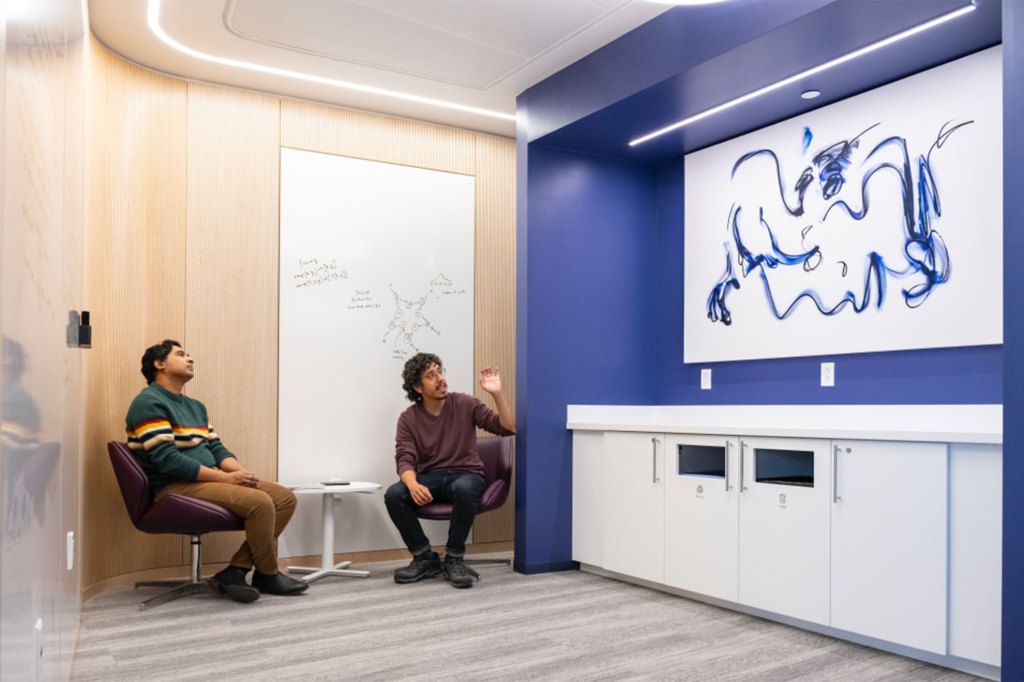
Arturo Deza (right) discusses his painting “The Majestic” with Yohan John at the Kempner Institute. A former Harvard postdoc, Deza says some of the pieces now at the Kempner were inspired by his neuroscience research at Harvard.
Photo by Anna Olivella
